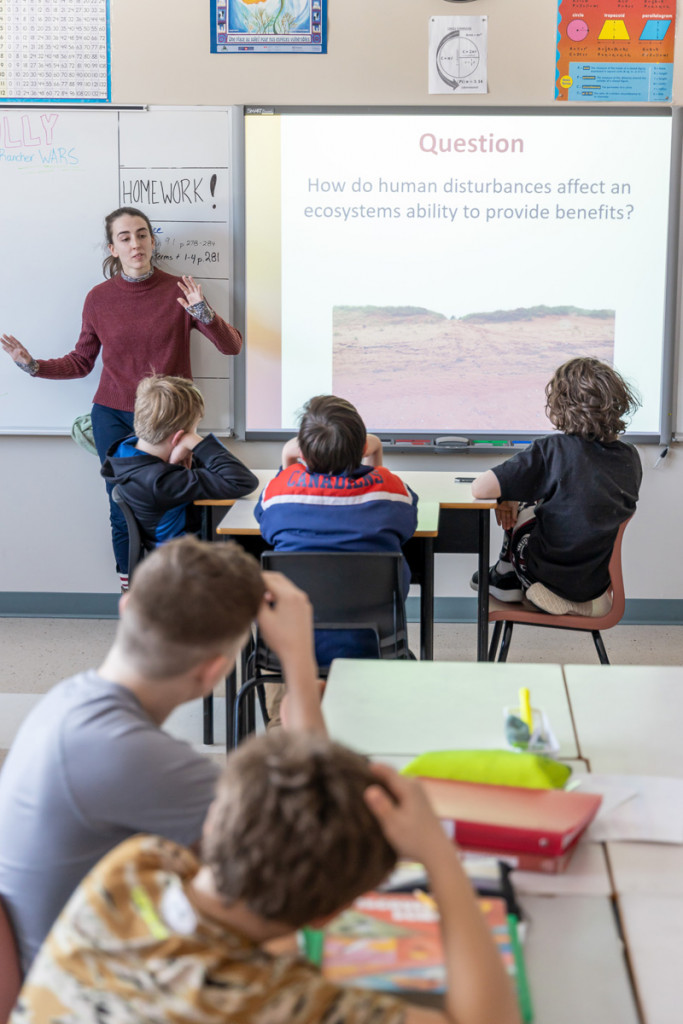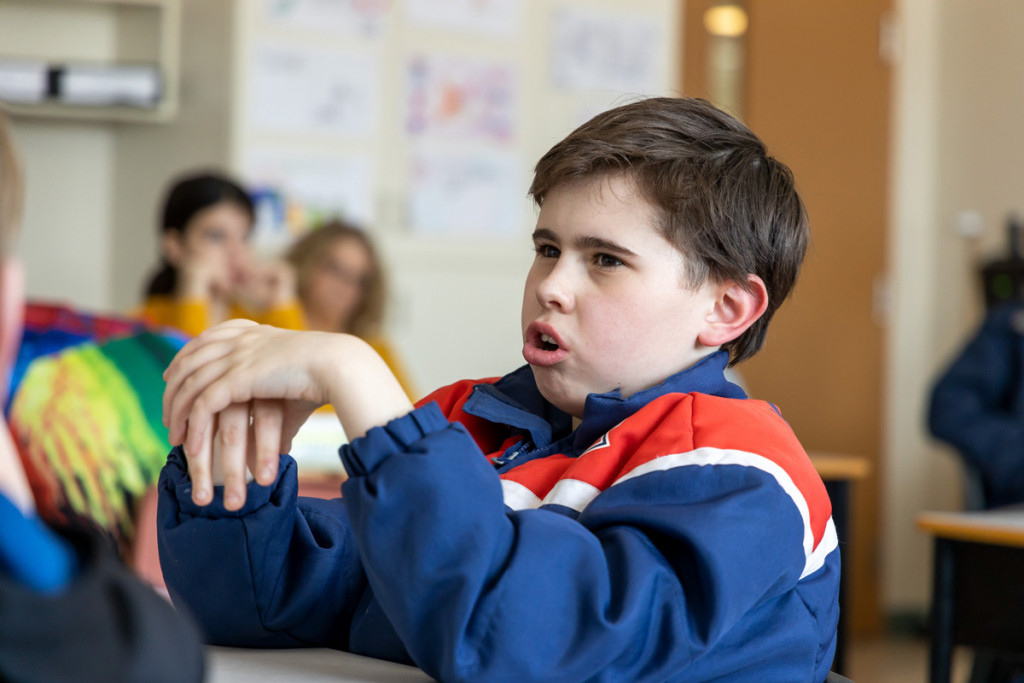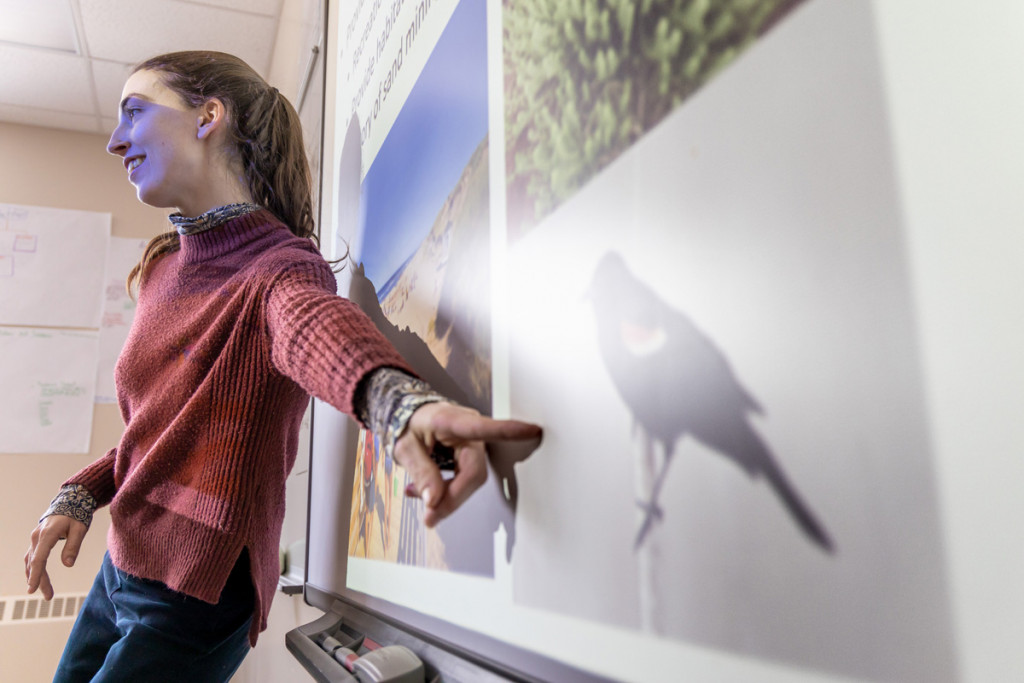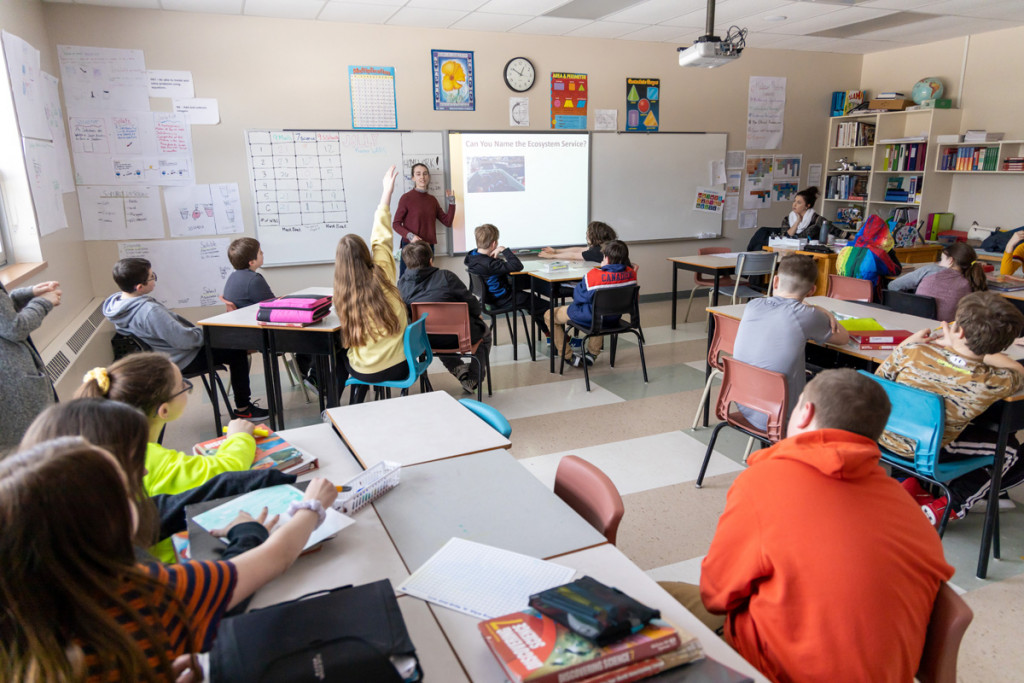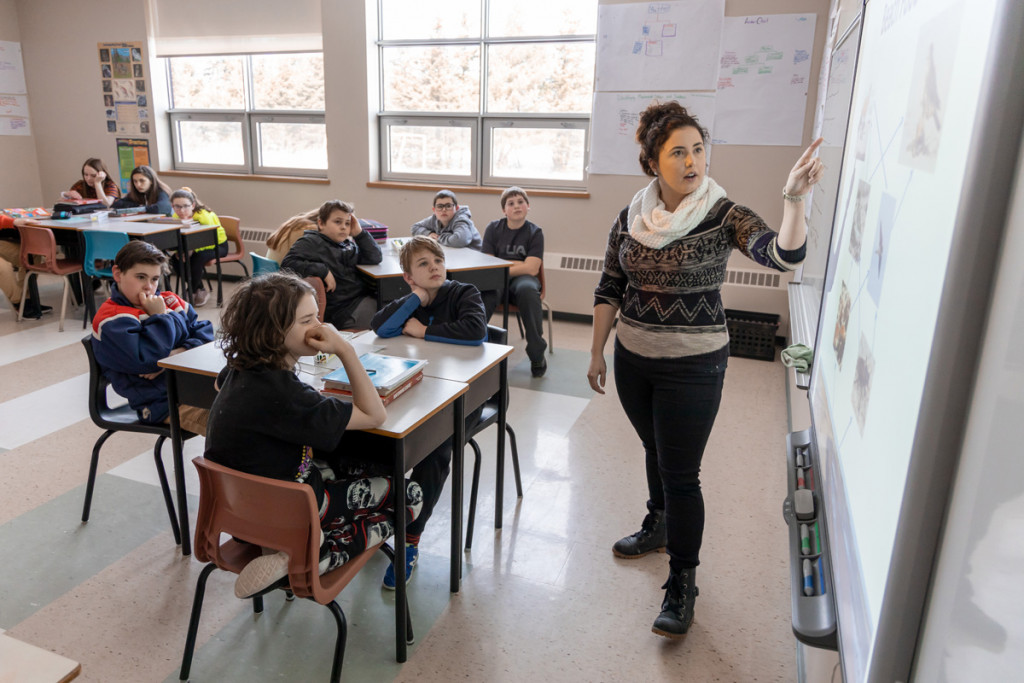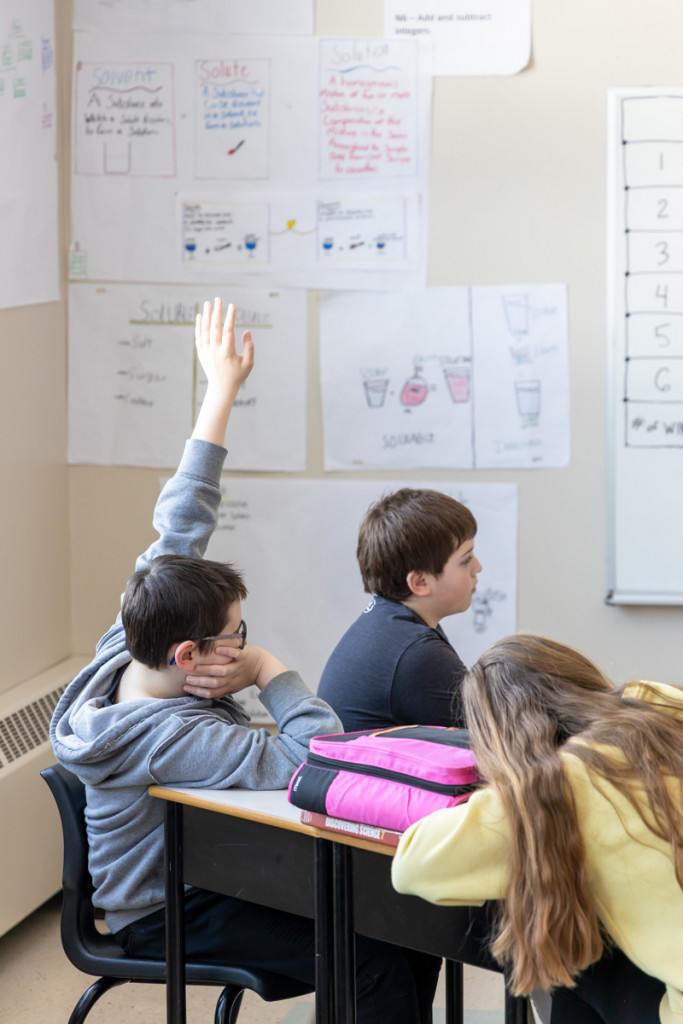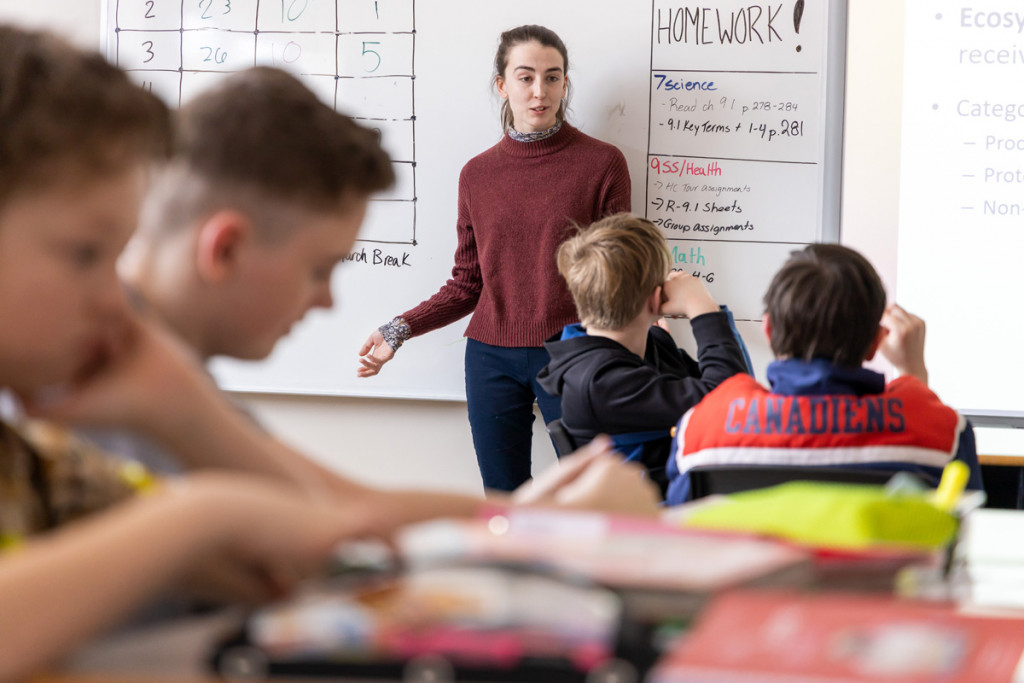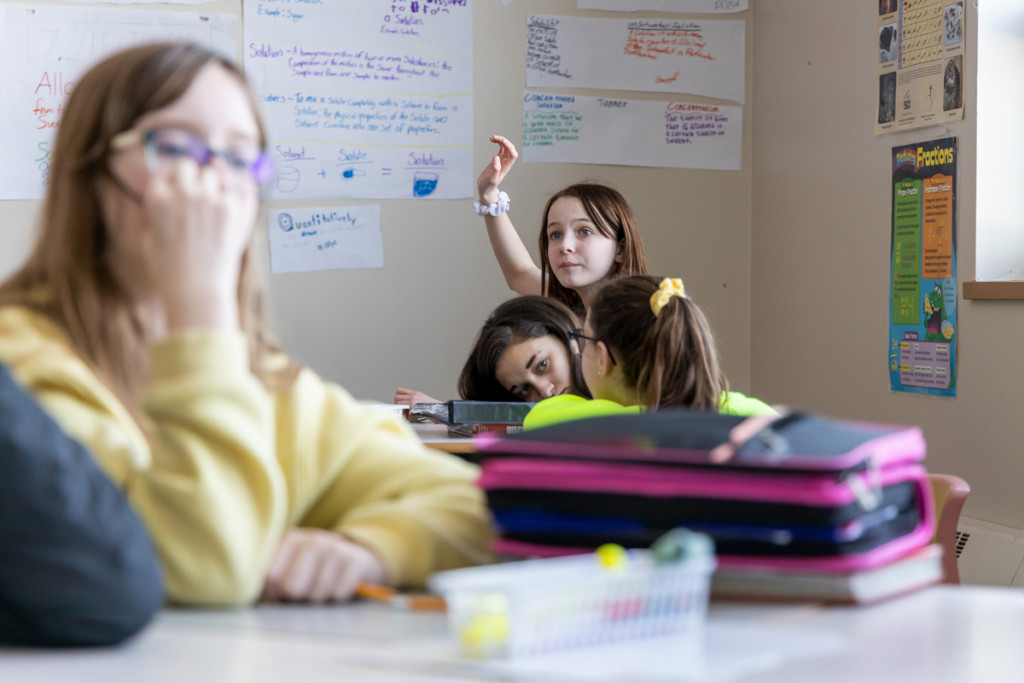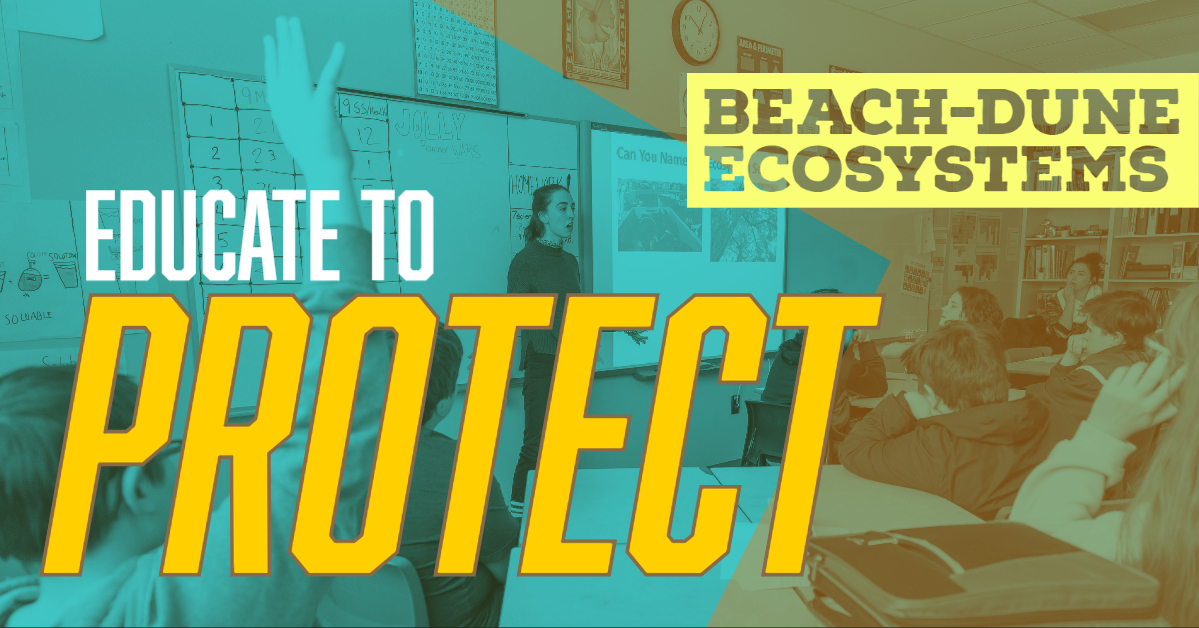
INT has been teaching young people across PEI how to take care of our vulnerable coastline.
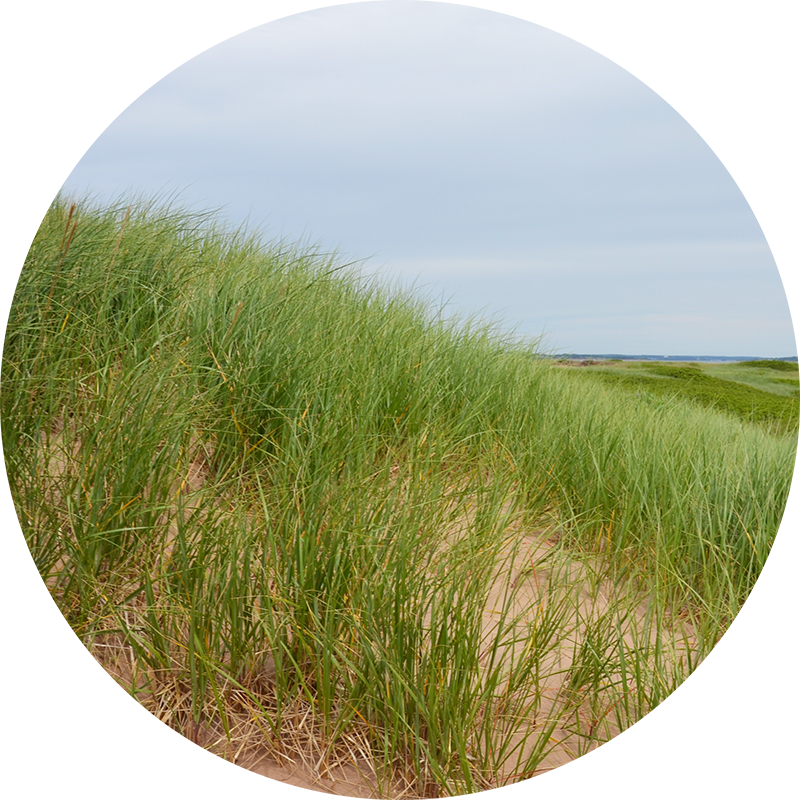
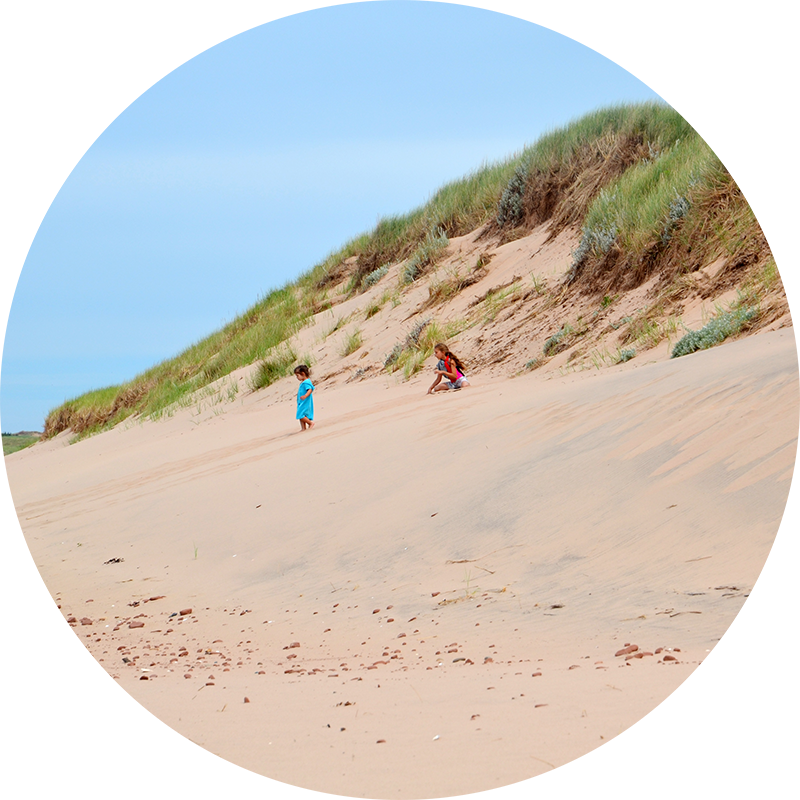
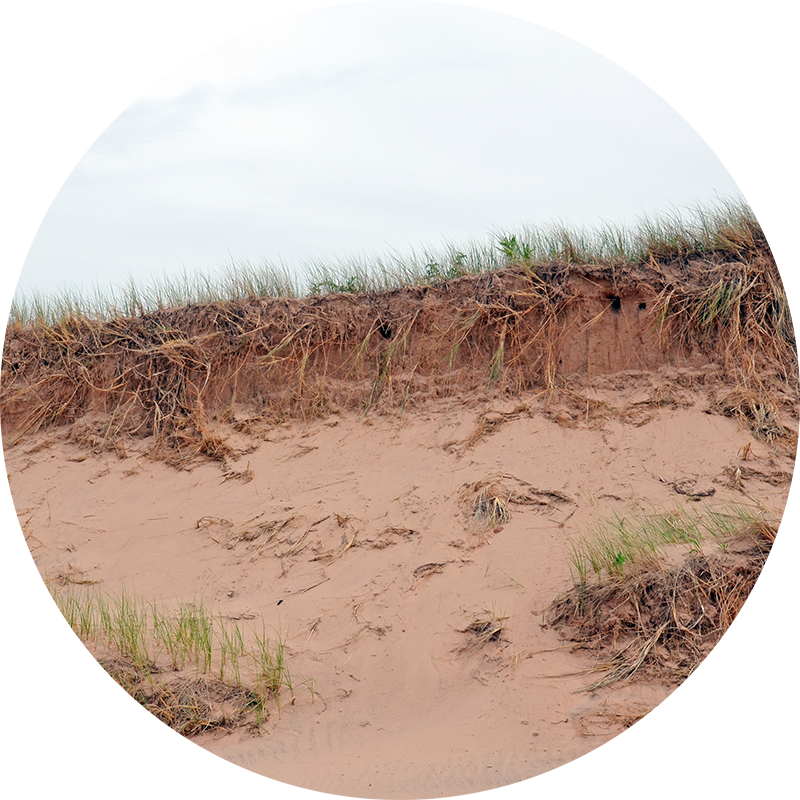
Your continued support is ensuring that the next generation is working together to protect our beach wildlife.
One of INT’s core missions is to help connect people to natural ecosystems. It is vital for our communities to interact with natural areas that we all frequent in respectful ways. Why? Because beach ecosystems are being affected by global and local societal growth at an alarming rate. The coastal wildlife we enjoy today may not exist for our children to experience tomorrow.
In 2017, INT created an education program focused on western PEI’s beaches and dunes. This year, we’ve been able to continue and expand that program with the financial assistance of Environment and Climate Change Canada, as well as the Prince Edward Island Wildlife Conservation Fund. This means we can now provide immersive education opportunities to schools across PEI.
An eager team from our species at risk program began delivering weekly presentations to schools over the winter. They targeted schools in areas where people’s use of beaches and dunes is very high. Our knowledgeable team engaged with youth in grade 7 about the fragility of PEI’s beach ecosystems. Students learned that this ecology is dependent on respectful and knowledgeable human use. They recognized that correcting negative habits today ensures that beach-dune wildlife flourishes tomorrow.
Here’s what Lyndsay MacWilliams, a member of the presentation team had to say about her experiences engaging directly with the students;
How did you deliver your message to the students?
“We teach the students to understand that our coastal community way-of-life is actually heavily dependent on caring about the conservation of these systems. It’s not enough to just describe the beaches and dunes and express how great and intricate they are. So, we engage and connect with the students on both an emotional and intellectual level – empowering them to realize that they can do something about minimizing the negative effects people are having on these environments.
The content was delivered in a way that kids can relate to. For example, by giving a snapshot of what it looks like when the things they and their families enjoy and depend on are damaged or even completely disappear.”
How have the presentations been received by students and teachers?
“Very positively. The students definitely seemed to enjoy the content. Regularly they asked their own questions and were eager to respond to hypotheticals given to them on the topics we covered.
I think the teachers liked it too. For example, we received a request by a high school teacher from Bluefield after they heard about the success of the presentations delivered to Grade 7 students at another school. I also found it rewarding that the teachers assigned the class homework relevant to the presentation.”
What did you enjoy or learn about the experience of presenting to young people?
“Seeing how excited they can be when it comes to nature and wildlife – which are the things that inspire and motivate me. It’s great to see just how much these students know. So far, I have been pleasantly surprised by how well these classes and students have listened, participated and retained. I have also been impressed at just how much the students know about the natural world. It is really exciting and fascinating to see how they think. It’s clear that the new generation displays a curiosity towards the idea of protecting the natural systems they live within.”
What was the most interesting question you received from a student?
“We received some really interesting questions about wildlife and organisms from the students. One asked if the eggs of the red-winged blackbird would be camouflaged after learning that the mother is. I thought that was a great question that displayed strong critical thinking.
It is pretty fun to answer these questions but more importantly, promote discussion with the students.”
How important is it to continually engage with young people on this mission?
“Extremely important. Young people are the future and they will be the ones to take care of this planet and its resources. We have seen what can happen when people and generations have lost their connection with the environment. How it functions and continues to sustain our way of life is often taken for granted. The evidence is right in front of us showing the damage this can cause worldwide. It is important to reflect on the mistakes that people have made before us to ensure that history doesn’t repeat itself. The beautiful thing about the program is that students have been learning that they can make simple changes today for all of us to realize a much better relationship with nature in the future.”
What plans do you have to develop the presentation in the future?
“We would like to incorporate traditional ecological knowledge with the help of knowledge gatherer, Eliza Knockwood, into the presentations as well as the field trips. I believe TEK is an important platform to learn about natural systems, how they work and their benefits and uses. Incorporating this indigenous knowledge will widen the scope and also expose the kids to the concept of two-eyed seeing. It is important that TEK be a part of education and presentations in order to help with steps towards reconciliation.”
THE NEXT PART OF THIS PROJECT INVOLVES A BEACH FIELD TRIP. APPLYING THEIR NEWLY ACQUIRED KNOWLEDGE – STUDENTS WILL PARTICIPATE IN VARIOUS ACTIVITIES RANGING FROM A BEACH CLEAN UP TO MACRO INVERTEBRATE SAMPLING!
WE’LL KEEP YOU POSTED ON FURTHER UPDATES.
This project was undertaken with the financial support of Environment & Climate Change Canada and the Prince Edward Island Wildlife Conservation Fund


